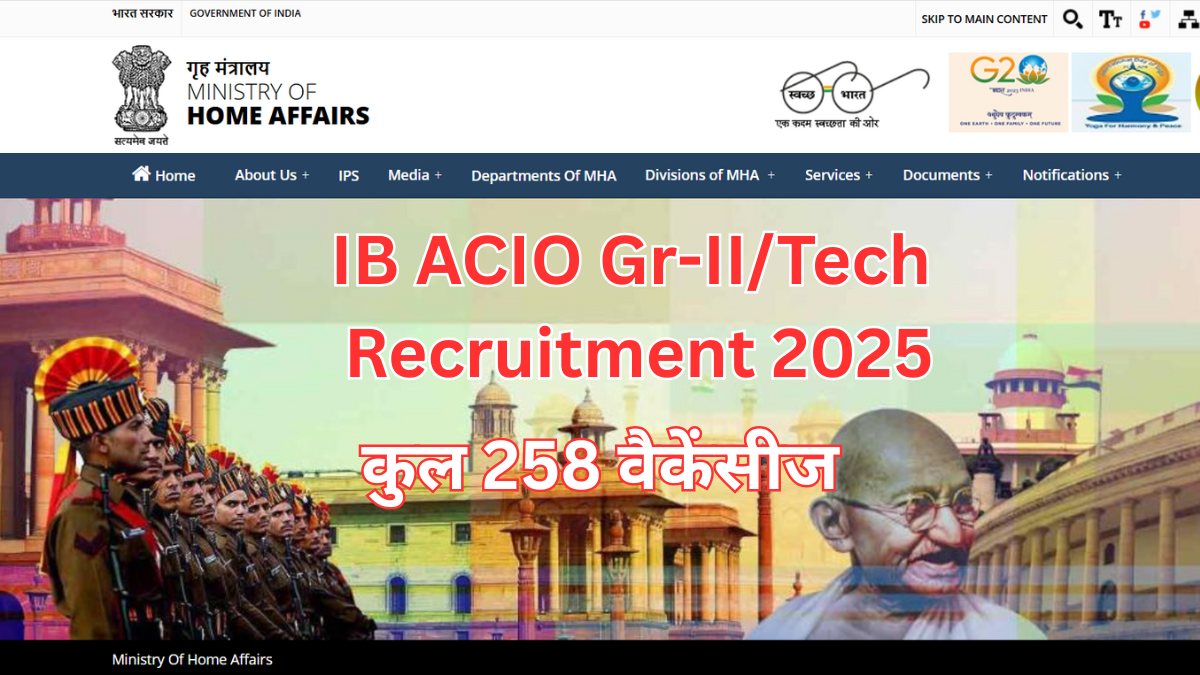Over $100 Billion : Pakistan currently finds itself at a critical economic and geopolitical crossroads. With over $100 billion in external debt and a fragile economy battling inflation, low foreign reserves,

billion in external debt and a fragile economy battling inflation, low foreign reserves, and IMF
conditionalities, the question arises — can Pakistan realistically afford a war right now?
The Cost of War: Not Just Military
War is not just about weapons and soldiers; it’s a full-scale economic undertaking. Modern warfare
requires high-tech equipment, continuous logistical support, advanced surveillance systems, and
prolonged military engagement. All of this demands billions of dollars. For a country like Pakistan,
which is already struggling to meet its debt repayment obligations and is regularly negotiating
bailout packages, war spending could tip the economy into further crisis.
In 2024, Pakistan’s foreign exchange reserves barely covered a few weeks of imports. Inflation
continues to erode public purchasing power, and the government is under immense pressure to
increase tax revenue and cut subsidies. In such a scenario, allocating massive funds to war would
mean cutting back on social services like education, healthcare, and infrastructure — areas already
underfunded.
Debt Dependency and Global Perception
Pakistan’s economic reliance on international lenders like the IMF, World Bank, and friendly nations
such as China and Saudi Arabia adds another layer of complexity. Engaging in conflict could shake
investor confidence and risk sanctions or reductions in aid, making it harder to secure loans or
rollover existing debt. Countries already cautious about lending to Pakistan may hesitate further,
viewing it as politically and financially unstable.
Moreover, international ratings agencies could downgrade Pakistan’s creditworthiness, increasing
the cost of borrowing. This would not only hamper future economic recovery but deepen the debt
trap even more.
Defense vs. Diplomacy
No doubt, national defense is important. Pakistan has legitimate security concerns and must
maintain a capable military deterrent. However, engaging in full-scale war — particularly in the
current economic climate — would be akin to burning the candle at both ends.
A smarter approach may lie in diplomacy and strategic defense. Strengthening border security,
engaging in regional dialogue, and investing in cyber and intelligence infrastructure could prove
far more cost-effective than a physical war.
Additionally, history shows that wars rarely provide economic relief — they often bring prolonged
instability, displacement, and reconstruction costs. Pakistan has already experienced this during
past conflicts and internal military operations.
Public Sentiment and Political Reality
At home, the population is already feeling the pressure of a broken economy — high fuel prices,
rising utility bills, and unemployment have created frustration and fatigue. In such a climate, public
appetite for war is likely to be low. Politicians and military planners must be mindful of this when
shaping national policy.
Moreover, war could risk political destabilization, especially if it leads to internal discontent or
international condemnation. It could isolate Pakistan on the world stage at a time when global
partnerships are more crucial than ever.
Conclusion: War is Not Just a Battlefield Decision
The idea of going to war, especially in times of economic crisis, is not just a matter of national
pride or defense strategy — it is a financial decision with long-term consequences. Pakistan must
weigh its security concerns against the harsh reality of its economic condition.
Diplomacy, strategic defense, and internal stability should take precedence over conflict. With $100
billion in debt and a vulnerable economy, war is not just unwise — it may be unaffordable.\













